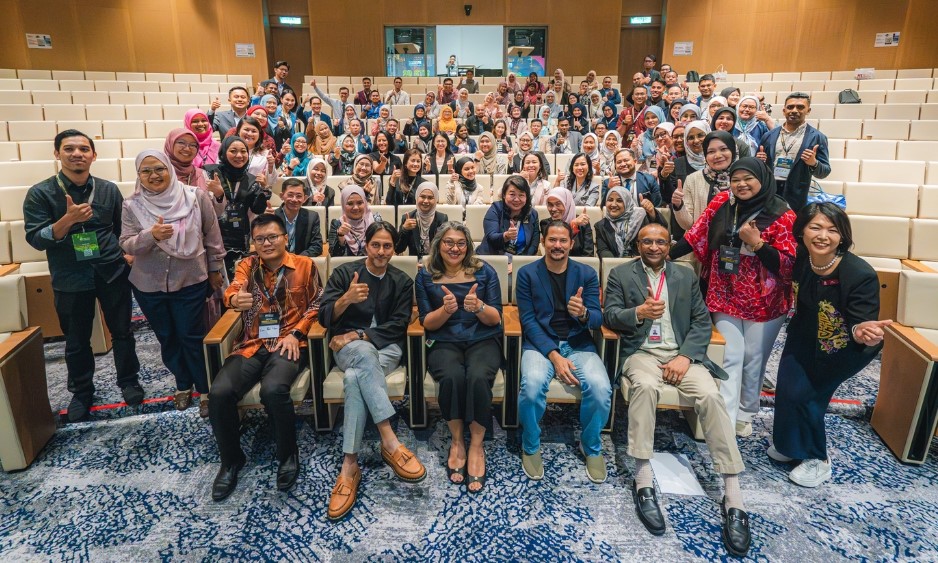Since 1985, when José Sarney became the first civilian president after more than 20 years of military rule, Brazil has been struggling to consolidate its vibrant and young democracy. It has now over 140 million voters who vote in contested elections that occur regularly each two years and are closely monitored by a free press. However, as underscored by a number of widespread popular protests that took place in July of 2013 and in opinion polls, there is widespread dissatisfaction with the quality of public services and political representation. Corruption scandals are common and the judicial system is slow and permissive, thus not acting as a deterrent of malfeasance. This chapter addresses the complex Brazilian party system and its electoral structure. It introduces the main political parties and explain how the federal system works in Brazil and the role assigned to municipalities, states and the federal government in managing the public administration of the country. Then, it concludes by addressing the main challenges and recent achievements in the pursuit of more accountable and efficient governments.
- About

Established in 2015 in collaboration with MIT Sloan Management, our vision is to be a global knowledge hub, with regional insights from Asia and the emerging world.
- Faculty & Research

ASB’s research centers conduct impactful research in emerging markets, business strategies, technology, and sustainability. Together, they foster innovation in the business landscape.
- Academics

The ASB curriculum seamlessly integrates MIT Sloan’s rigor with the strategic insights of Asia. With MIT Sloan Immersion and Industry Treks, it immerses future leaders in a diverse range of industries.
- ACE

ASB has launched Agile Continuous Education (ACE), a granular set of hybrid courses that are designed to keep professionals at the forefront of their fields.
- Executive Education


ASB provides executive education programs covering corporate governance, general management, and finance, including the mandatory Financial Institutions Directors’ Education (FIDE) programs.
- Innovation
- Corporate

ASB excels through dynamic collaborations, addressing business challenges with innovation, built on robust partnerships.
Lima-de-Oliveira, R. (2016). Government and Politics in Brazil: Latin America in Focus Series. (A. Luciado de Andrade Tosta & E. F. Coutinho, Eds.). ABC-Clio, LCC.
Renato Lima de Oliveira